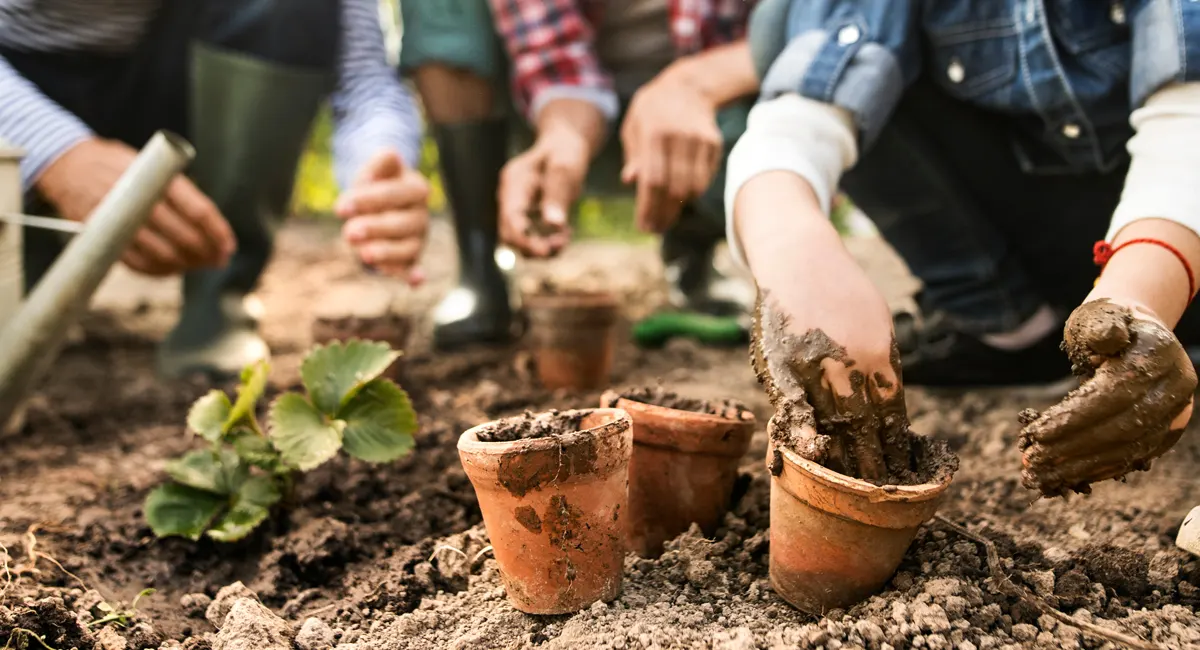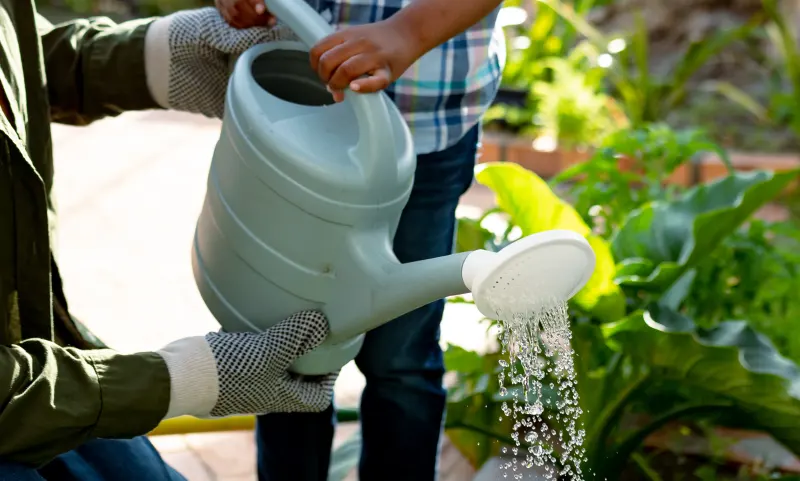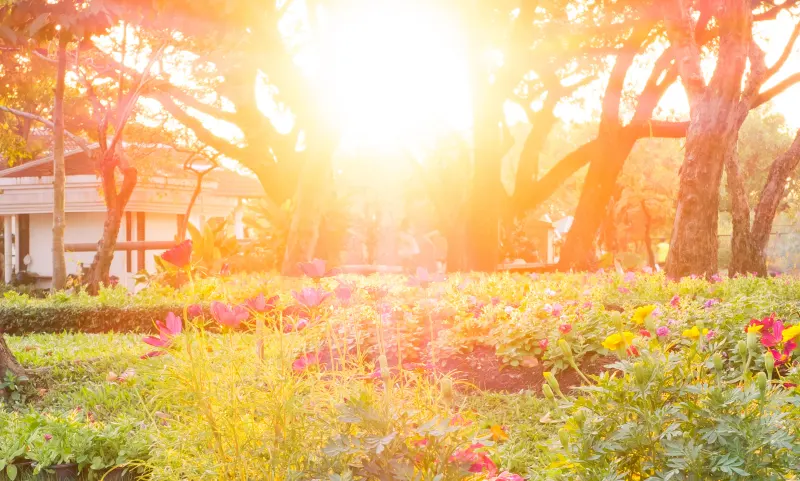Last Updated on August 8, 2023

Let’s be honest: gardening isn’t easy. Kudos to those of you who have mastered the art of being a green thumb or at least are on your way to being a great gardener. I for one, am someone who simply does not have that skill set. So, with that in mind, I am here to offer you what I have learned NOT to do when starting a garden. Maybe through my shortcomings, you’ll walk away with a few tips on what to do by doing the exact opposite.
Don’t Plant Too Soon or Too Late
Living in New England, it’s always been a difficult decision on just when to start your garden or when to plant your seeds. Because our seasons and temperatures tend to fluctuate so much these days, it’s easy to make the mistake of feeling a few warmer days in the winter and getting that itch to start planting. Then, only a week later, you’re doubting yourself when the temps suddenly drop 30 degrees and you’re left with some struggling plants. In order to make sure you don’t make that mistake like me, it’s best to consult the Farmer’s Almanac for frost dates. There you will find the final frost date for spring and the first frost date for fall. In Rhode Island, for instance, the growing season is 189 days between the two frost dates, April 17 and October 24. Garden.org also gives you a great guide to when you should plant. It’s zip code specific to get more exact information for where you live. There you’ll find the right dates to plant everything from asparagus to lettuce to watermelon and everything in between. You can also try to start planting inside with Ocean State Job Lot’s seed starting kits from Burpee.

Don’t Dig Too Shallow
Don’t just eyeball this. Make sure that you’re digging deep enough to give your seeds an ample chance to survive. This one can be quite tricky. When you purchase your seeds, like our various starter kits, information is usually located on the package. If it’s not you can use this handy trick. Dig twice the width of your seed. For example, if you have a seed that’s 1/8th of an inch wide, you should dig 1/4th of an inch deep. If your seed is 1/2th of an inch wide, dig one-inch deep to get started. Using the Fiskars Hori Hori planting tool will make that job easier as the measurements are right on the pointed blade.

Don’t Water Too Much or Too Little
Here’s where I made my vital mistake. The novice planter in me says to water everywhere, including the leaves once they sprout. True gardeners, or in my case my neighbors who are very successful home gardeners, know that you should always water at the soil level where the plants and seeds are. Instructions on the starter kids should guide you as to how much and how often you need to add moisture. Remember, you want to add enough water for the soil to be moist, but not leave your seeds or plants sitting in a puddle of water. That could end up being counterproductive in the end. Make sure garden hoses and spray nozzles are intact with no punctures, leaks, or loose connections.

Don’t Give Too Much or Too Little Sunlight
While we all know that our flowers and plants need the sun or artificial light to survive, make sure it’s the right amount. If you see them getting droopy, faded, or dried out, that could be a sign of too much light. If you don’t see much growth or the plants and flowers are leaning towards the light, it could be a sign of not enough light. As always, daily monitoring is key. Make changes or adjustments to build shade or maybe add artificial lighting if necessary. A move to a different location in the garden or backyard could be needed as well.

Don’t Forget to Weed
Not only should you not forget to weed your plants and flowers in your garden, here’s a tip on when to do it. According to Fiskars, the best time to weed is after it rains or a good watering. It will make things easier to pull out.

